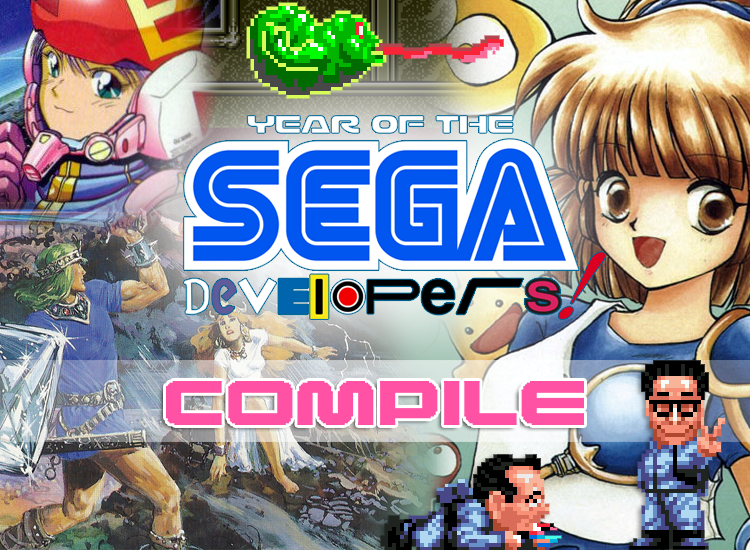
As summer winds down, we thought it would be the ideal time to shift the focus of our Year of the Developers feature to third party Japanese developers who have worked with SEGA in the past to bring us countless classics. We are, of course, referring to the legendary developers Compile, Treasure and Westone. While these three developers existed on their own outside of SEGA, their collaborations with our favorite company utilizing beloved SEGA home console and arcade hardware went a long way in cementing their statuses as some of the best third party developers of the 80s and 90s.
Compile, Westone, and Treasure have over 100 titles combined, and that is only counting their releases published by SEGA! If you’ve been following our previous developer retrospectives, you’ll know we like to run through as many games as possible. However, tackling three developers in one month means we’re going to do things a bit differently. Each week, we are going to take a look at the histories of each of these developers and highlight their most famous titles, as well as some hidden gems. First up?
Compile: The History
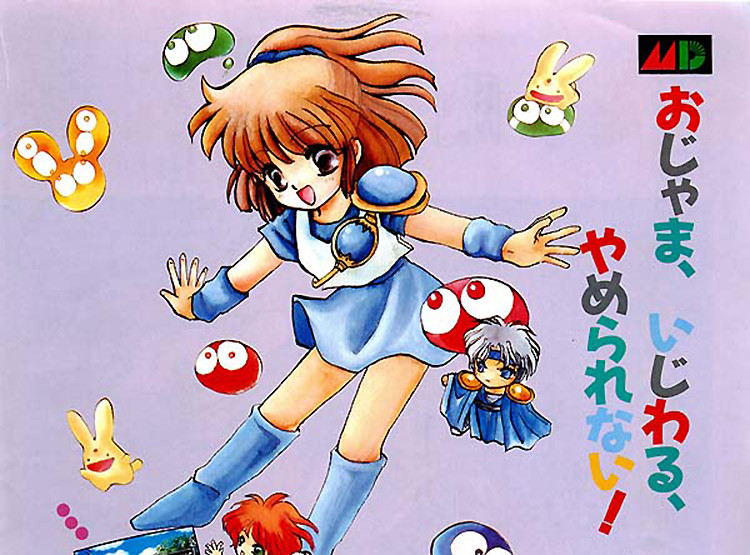
Of our three featured developers, Compile has had not only the longest history with SEGA, but they also left a legacy that has made a major impact on SEGA’s current output. I am, of course, talking about Compile’s Tetris/Doctor Mario-inspired series of puzzle games Puyo Puyo. Like Tetris, pieces drop from above and land below, and like Doctor Mario and SEGA’s Columns, players clear the board by rotating pairs of colored puyo and matching like colors. The better you do, the more your opponent is penalized with transparent garbage puyos which get in the way of combos and hinder gameplay. While Compile were undoubtably the king of Japanese puzzle games, the developer also created several other iconic games covering a wide range of genres. In fact, Compile is so prolific in their work with SEGA that they contributed to the library of every standalone SEGA console from the SG-1000 to the Dreamcast.
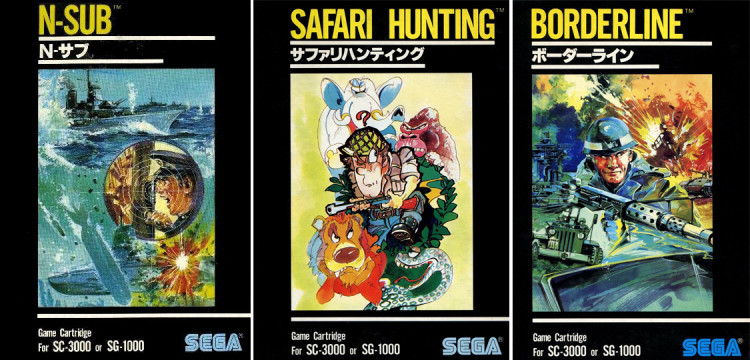
Founded in 1983 by Masamitsu “Moo” Niitani, Compile made their mark early by becoming a developer for Microsoft’s MSX home computers. Their MSX contributions included the shoot ’em ups Zanac and Aleste, RPG games Golvellius and Madou Monogatari, the Madou Monogatari puzzle game spin-off Puyo Puyo (which soon eclipsed the RPG main series) and a variety of other games and compilations including the Disc Station series, which was the company’s magazine which featured MSX demo discs. Compile also worked under license or contract for various developers. They worked with Naxat Soft on the Crush series of pinball games and with Hudson on the Blazing Lazers/Gunhed titles.
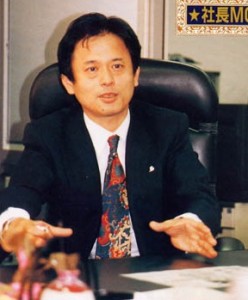
Eventually, Compile worked under contract for SEGA, porting SG-1000 games N-Sub, Tranquilizer Gun (Safari Hunt), and Borderline. SEGA, happy with the work Compile had done, brought them on for more SG-1000 SEGA ports and eventually made them an offer that would change Compile’s future forever. SEGA saw something special in Compile’s MSX game Puyo Puyo, and offered to make Puyo Puyo into an arcade game. Now the company that was porting SEGA games was being asked if SEGA could port a Compile game! The arcade port was a success, which lead to Compile developing the sequel Puyo Puyo Tsu (“Tsu” meaning “expert” and being a pun in that “Tsu” sounds like the english “two), defining their future as a console developer primarily focused on the Puyo Puyo series.
Since the release of the original game, Puyo Puyo has seen sequels on all major SEGA consoles, as well as other hardware including the WonderSwan, Playstation, and Neo Geo Pocket Color. The third game in the series, Puyo Puyo Sun (“Sun” being a pun on the Japanese word for the number three, “San (三)”) shook up the formula of the first two games up by adding Sun puyos. Sun puyos acted similarly to garbage puyo, but had greater repercussions on your opponent when cleared. The third game was also unique in that it saw release on the Saturn, Playstation, Nintendo 64, Game Boy Color, and Windows PC.
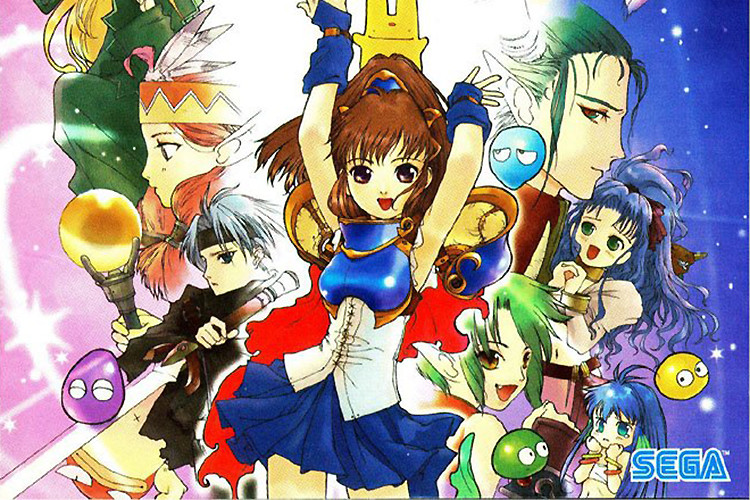
The fourth game in the series, Puyo Puyo~n (“yon”, the Japanese word for four, appears if you pronounce the game’s name as “Puyo Puyon”) brought the series to the SEGA Dreamcast, making it the final main series release in the series developed by Compile. While the Puyo Puyo series never made its way West when Compile was developing the series, Americans and Europeans have likely played a version of the original game when it was localized as Dr. Robotnik’s Mean Bean Machine. Gameplay remained the same, however the Puyo Puyo series characters were replaced with the Adventures of Sonic the Hedgehog villain Dr. Robotnik and his many badniks as they terrorize the citizens of Beanville. Kirby’s Avalanche for the SNES also saw the series localized for the West, this time with Kirby and friends taking roles once filled by Puyo Puyo characters.
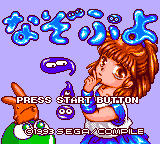 Compile also developed several Puyo Puyo spin-offs (yes, spin-offs of a spin-off) The Nazo Puyo series for Game Gear and the SNES expanded on the Mission Mode of the MSX release of Puyo Puyo, which tasked players with clearing the puyos on screen with the least amount of puyos. Interestingly, the first game in the Nazo Puyo series was only available as a bundled title with Game Gear hardware. Future sequels were given full retail releases and the SNES saw a retooled console version with an expanded story mode which then received its own sequel continuing the ongoing plot of the story mode.
Compile also developed several Puyo Puyo spin-offs (yes, spin-offs of a spin-off) The Nazo Puyo series for Game Gear and the SNES expanded on the Mission Mode of the MSX release of Puyo Puyo, which tasked players with clearing the puyos on screen with the least amount of puyos. Interestingly, the first game in the Nazo Puyo series was only available as a bundled title with Game Gear hardware. Future sequels were given full retail releases and the SNES saw a retooled console version with an expanded story mode which then received its own sequel continuing the ongoing plot of the story mode.
Waku Waku Puyo Puyo Dungeon, released to the Saturn in 1998, was an action RPG with gameplay which differed greatly from Madou Monogatari, the RPG from which the Puyo Puyo puzzle series spun off from. Other Puyo Puyo spin-offs include simulation games (Puyo Puyo Gaiden: Puyo Wars), handheld RPGs (Arle no Bouken: Mahou no Jewel) and rhythm games (Puyo Puyo Da! Featuring Ellena System).
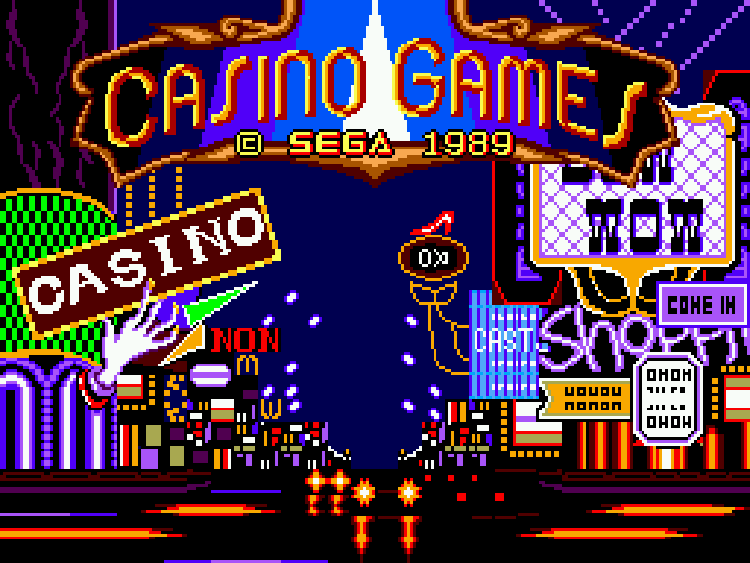
Despite being busy with Puyo Puyo, Compile did manage to develop other original and licensed titles. Golvellius is a fun RPG for the Master System which plays similarly to Zelda II, featuring an over world view and platformer gameplay when dungeons are entered. Compile also developed the much loved Casino Games, also for the Master System. While the games themselves are what one would expect from a casino game compilation, Compile infused plenty of quirk and charm including the most depressing game over screen to ever exist and an alligator walking through a field. Because that’s that happens when you are on a losing streak in real casinos, right?

Believe it or not, Compile also developed Ghostbusters for the Genesis/Mega Drive! While Nintendo fans suffered through lackluster Ghostbusters games developed by Activision, Genesis/Mega Drive owners enjoyed an action platformer that continued the story of the original Ghostbusters film and featured inventive bosses, catchy music, and challenging gameplay. Compile also handled the Master System port of Ghostbusters, which was based on Activision’s NES version but thanks to Compile, featured improved graphics and gameplay.
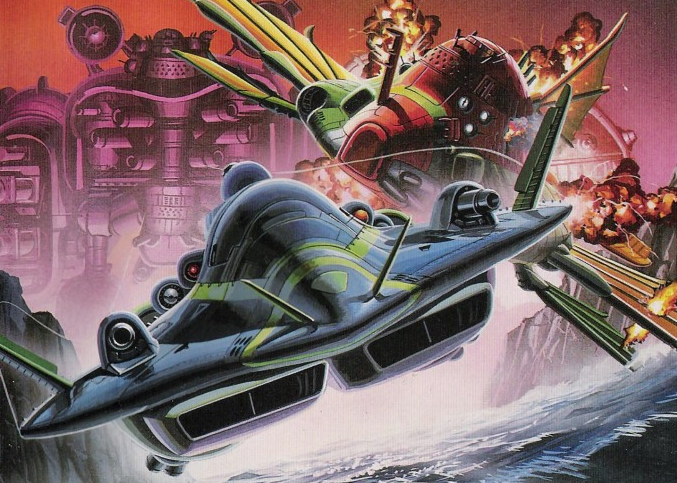
Compile has also developed their fair share of shoot ’em ups, including Power Strike II for the Master System. Compile also released a Power Strike II for the Game Gear, however unlike most Game Gear games which also appeared on the Master System, the Game Gear Power Strike II is a Western localization of GG Aleste II. Robo Aleste is another vertical shoot ’em up worth playing, released to all regions to the SEGA CD. The game is the only title in the Aleste series of games to use the Aleste name in all territories.
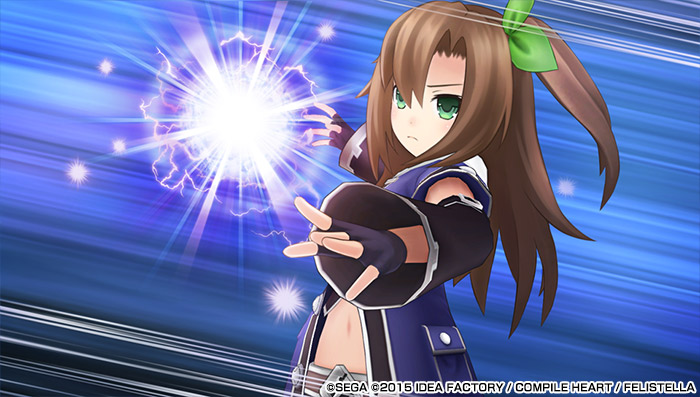
In 2002, Compile filed for bankruptcy and disbanded, however former staff have kept the Compile spirit alive in several companies. Compile founder Niitani formed Compile Heart, developing puzzle games for arcades and handhelds. Currently, Compile Heart is a subsidiary of Idea Factory and as of 2010 Idea Factory owns the rights to the Compile library after a brief acquisition of the Compile library by online publisher D4 Entertainment. Most recently, Compile Heart gained notoriety by developing the Hyperdimension Neptunia series of games – a unique RPG series featuring anime girls inspired by video game consoles.
Milestone Inc. and Eighting, meanwhile, continue Compile’s shoot’ em up legacy, while developer Aiky has brought Compile shoot ’em up Aleste to mobile phones. Compile’s greatest achievement, Puyo Puyo, lives on as a wholly owned property of SEGA with new games developed by Sonic Team.
Compile has had a long and interesting history, and while the original Compile may not exist, the spirit of the developer is kept alive thanks to the devoted former staff and SEGA’s efforts to keep the Puyo Puyo series alive.
Ad:
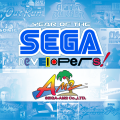



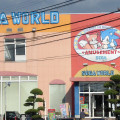
Nice article. So.. who owns Puyopuyo’s IP now? SEGA?
Oops.. Nevermind. Turnout I’m missing the last sentence. It’s already answered there. Silly me.
I wish Puyo Puyo games could be released again in the west.
I believe the last one was Puyo Puyo Fever which was excellent
I agree. Puyo Puyo Tetris seemed very good. I heard they aren’t able to release it here due to licensing (they only have rights to Tetris in Japan).
Just read that there is a mini-game of Puyo Puyo in Hatsune Miku: Project Mirai DX!
http://michibiku.com/welcome-back-puyo-puyo/
Good write-up. I think the Aleste games (more commonly known in the West as Power Strike and M.U.S.H.A.) deserve a bit more attention. Power Strike and Power Strike II for the Master System, and M.U.S.H.A. for the Genesis/MD are among the most coveted games for collectors these days, and are rare examples of games that demand extremely high prices that just *might* be worth it since they’re of superb quality.
Interestingly, Power Strike was released in the U.S. only via mail-order through the Sega Challenge newsletter. The text on the box describes it as Sega’s “1st Special Edition game,” and the box insert is printed in monochrome rather than full color. Apparently the Special Edition series didn’t take off, as this was the only such release for the SMS in America. Europe got a regular retail release with a full color cover that features a different cover illustration – more of an airbrushed painting, whereas the Special Edition U.S. version is a pen-and-ink illustration. Power Strike is arguably the fastest-paced game on the Master System, with a great risk/reward system for collecting power-ups.
Power Strike II was released only in Europe (and unfortunately, it glitches out if you attempt to play it on a 60 Hz North American SMS). It’s more of the same frantic gameplay, but this time with an alternate-reality early 20th century steampunk setting that owes a lot to Studio Ghibli’s “Porco Rosso.”
Both of these 8-bit shmups give plenty of 16-bit shmups a run for their money.
The 16-bit sequel, M.U.S.H.A., is very highly regarded as one of the best shmups for the Genesis/MD and is often praised for its incredible soundtrack, as well. It seems to have had a relatively limited print run in the U.S. and its resale prices are generally well into the realm of possible insanity, depending on how fanatical you are about shmups.
I think giving a month to Compile, Westone and Treasure is a great idea!